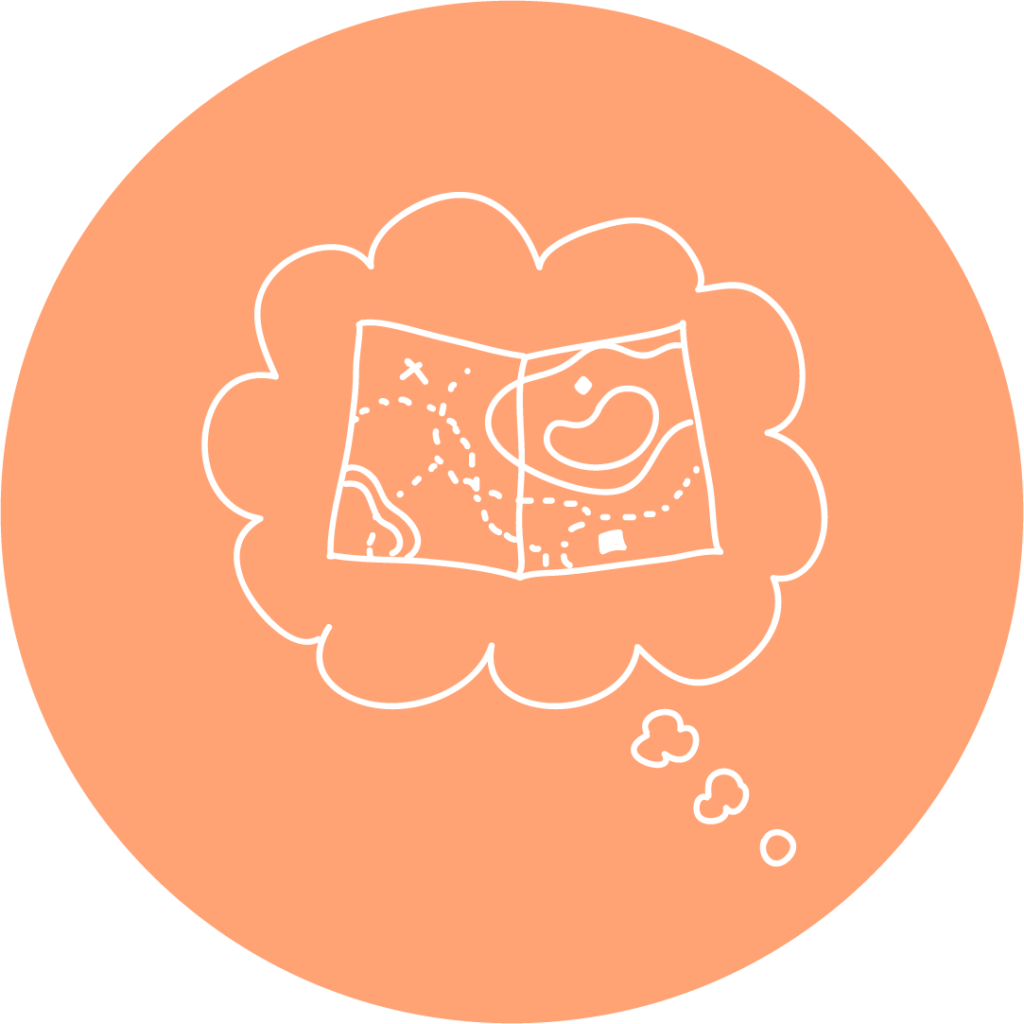Home / MENTAL MAPS
Recommended age 8-18 years
Place: Indoors
Time acquired: 1-2 hours
Material/tools Paper and pen
Purpose: Investigating movement patterns and safety issues
Where in the Process: Pre-study

One way of working with maps is to ask children to draw their own maps. These maps are called ‘mental maps’ because they reflect the child’s experience of reality and focus on places that are important to the child. These maps can be usefully made inside the classroom as it is about expressing their inner mental map and the actual physical environment is less interesting.
To investigate both movement flows and safety issues, our tip is to split the method into two parts. If needed, they can be done in two different sessions, otherwise one after the other at the same time.
White paper and coloured pencils.
Movement flows
The instructions you give to the children:
Safety issues
The instructions you give to the children:
Talk to the children, as much as you can during the session, about what they are thinking. Use their own notebook to record their thoughts and to remember anything valuable that comes up.
End the sessions by letting the children show and tell each other about their maps. Do you find that some places are recognised as unsafe by several children? Or is there a big difference between what different individuals think and how they move around?
Mental maps are a good start to a feasibility study in a development process. As a leader, you may also want to use the method to teach children and young people about urban planning and democracy – in which case we can recommend the City of Malmö’s MIN PLATS (My Place) method guide.
Want to teach children and young people about urban planning and democracy? Check out the City of Malmö’s involvement method My Place
We use cookies to give you the best experience on our website. If you continue to use this website, you agree to the use of cookies.
Vi använder cookies för att ge dig den bästa upplevelsen på vår hemsida. Om du fortsätter att använda den här webbplatsen godkänner du detta.